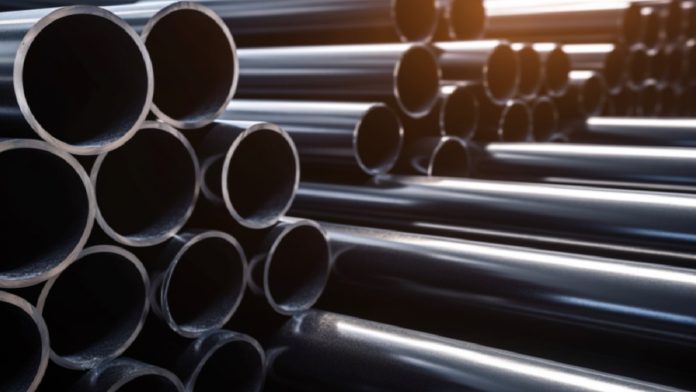Steel is a foundational material in modern construction, known for its strength, durability, and versatility. ASTM A500 steel, in particular, is a standard specification for cold-formed welded and seamless carbon steel structural tubing. Understanding its physical properties and specifications is essential for architects, engineers, and builders to ensure the suitability and quality of structural components. In this article, we delve into the key aspects of ASTM A500 steel, exploring its physical properties, specifications, and applications. You can click for more information on ASTM A500 steel and its applications.
ASTM A500 steel is governed by the American Society for Testing and Materials (ASTM), setting standards for its manufacturing, composition, and performance. It encompasses various grades of carbon steel tubing, categorized based on their mechanical properties and intended applications. ASTM A500 steel is available in round, square, and rectangular shapes, catering to a wide range of structural needs in construction projects.
Physical Properties
ASTM A500 steel exhibits several physical properties that determine its suitability for different applications:
Tensile Strength
ASTM A500 steel offers high tensile strength, which refers to its ability to withstand stretching or pulling forces without breaking. This property ensures structural stability and resistance to external loads, making it suitable for supporting heavy loads in buildings, bridges, and other infrastructure projects.
Yield Strength
Yield strength is the amount of stress a material can endure before it begins to deform permanently. ASTM A500 steel demonstrates excellent yield strength, providing structural integrity and preventing deformation under load. This property is crucial for maintaining the stability and safety of construction elements over time.
Elongation and Ductility
Elongation and ductility refer to a material’s ability to deform plastically without fracturing. ASTM A500 steel exhibits good elongation and ductility, allowing it to undergo significant deformation without failure. This property is essential for absorbing energy during seismic events or dynamic loads, ensuring structural resilience and safety.
Chemical Composition
The chemical composition of ASTM A500 steel includes elements such as carbon, manganese, phosphorus, sulfur, and copper. The exact composition varies depending on the grade and manufacturing process. These elements influence the steel’s mechanical properties, corrosion resistance, and weldability, affecting its performance in different environments and applications.
Specifications
ASTM A500 steel is available in four grades: A, B, C, and D, each with specific mechanical properties and applications:
Grade A
Grade A is the most basic among the ASTM A500 series, offering good ductility and formability. It is commonly used in less structural applications where high strength is not a primary concern.
Grade B
Grade B exhibits superior yield strength compared to Grade A, making it suitable for structural components in building construction and infrastructure projects.
Grade C
Grade C offers even higher yield and tensile strength, making it ideal for heavy-duty structural applications requiring enhanced toughness and durability.
Grade D
Grade D is the strongest among the four grades, boasting the highest yield and tensile strength. It is used in demanding structural applications where maximum strength and durability are essential.
Conclusion
In conclusion, ASTM A500 steel offers a combination of physical properties and specifications that make it indispensable in modern construction. Its high strength, ductility, and versatility enable architects, engineers, and builders to create safe, resilient, and aesthetically pleasing structures. By understanding the physical properties and specifications of ASTM A500 steel, stakeholders can make informed decisions regarding its selection and usage in construction projects, ensuring optimal performance and longevity.










